Твердосплавные стержни являются мощным инструментом в мире обработки и промышленного применения. Они обладают непревзойденной долговечностью, твердостью и износостойкостью, что делает их лучшим выбором в самых разных отраслях - от резки металла до сверления и не только. Но что именно представляют собой твердосплавные стержни и почему они так высоко ценятся? Давайте погрузимся в мир твердосплавных стержней и узнаем все, что нужно знать!
Что такое твердосплавные стержни?
Твердосплавные стержни - это цилиндрические прочные стержни, изготовленные в основном из карбида вольфрама, соединения, известного своей чрезвычайной твердостью и износостойкостью. Они разработаны таким образом, чтобы выдерживать сильные удары, что делает их фаворитом для инструментов, требующих долговечности и прочности, таких как сверла, фрезы и шлифовальное оборудование. Но как именно изготавливаются эти стержни и что придает им такие невероятные свойства?
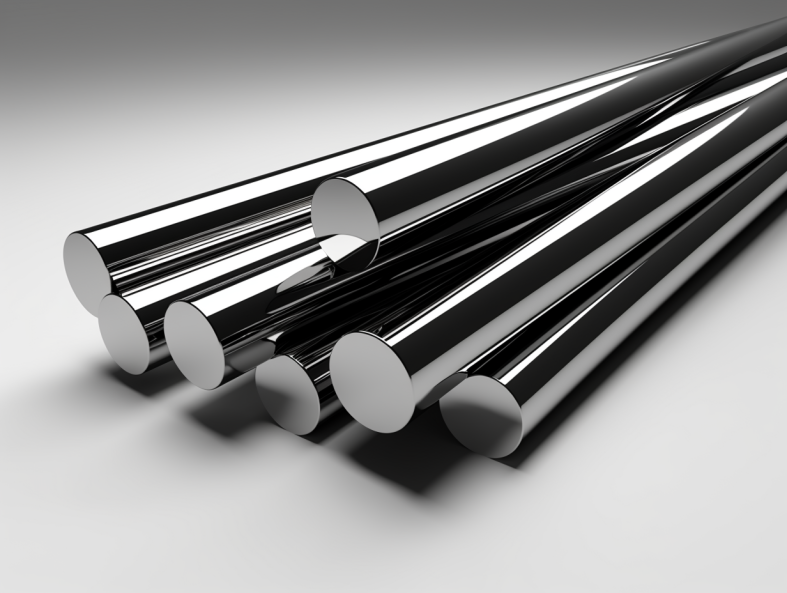
Анализ сырья и состава твердосплавных стержней
Твердосплавные стержни обычно изготавливаются из порошка карбида вольфрама, смешанного с кобальтом в качестве связующего вещества. Полученный состав прессуется и спекается в виде стержня, способного выдерживать высокое давление и не разрушаться.
- Карбид вольфрама (WC): Основной компонент, карбид вольфрама, составляет около 85-95% от состава, обеспечивая твердость.
- Кобальт (Co): Кобальт связывает частицы карбида вольфрама вместе, повышая прочность и обеспечивая небольшую гибкость.
Пример таблицы состава
| Компонент | Процент (%) | Функция |
|---|---|---|
| Карбид вольфрама | 85-95 | Твердость, износостойкость |
| Кобальт | 5-15 | Связующее вещество, придает прочность |
| Карбид титана | До 5 | Повышает прочность при высоких температурах |
| Карбид тантала | До 2 | Повышает твердость и стабильность |
Виды твердосплавных стержней
Твердосплавные стержни бывают различных типов для удовлетворения конкретных промышленных потребностей. Каждый тип отличается по составу, твердости, износостойкости и назначению. Вот краткое описание некоторых из основных типов.
Таблица типов твердосплавных стержней
| Тип | Описание |
|---|---|
| Твердосплавные стержни | Стандартный тип для износостойкости, используется для общего применения. |
| Двойные спиральные стержни | Двойная спираль для превосходного удаления стружки, идеально подходит для сверления. |
| Твердосплавные стержни с микрозернистой структурой | Состоят из более мелких частиц карбида, обеспечивающих более гладкую поверхность при тонкой обработке. |
| Стержни с ультрамелким зерном | Очень мелкие частицы, оптимизированные для очень точной и деликатной обработки. |
| Стержни с отверстиями для охлаждающей жидкости | Имеют внутренние отверстия для подачи охлаждающей жидкости, используются при высокоскоростном сверлении. |
| Субмикронные твердосплавные стержни | Для предельно точных работ, особенно при микросверлении. |
| Заготовки для стержней | Незаконченные стержни, которым можно придать форму в соответствии с конкретными требованиями. |
| Стержни из цементированного карбида | Стержни, смешанные с цементирующими добавками для повышения прочности в условиях сильных ударов. |
Применение Твердосплавные стержни
Твердосплавные стержни известны своей универсальностью. Они широко используются во многих отраслях промышленности благодаря своей прочности, износостойкости и высокой термической стабильности. Давайте рассмотрим области их применения.
Таблица применения твердосплавных стержней
| Приложение | Описание |
|---|---|
| Резка металла | Используется в сверлах, концевых фрезах и токарных инструментах для точного и эффективного резания. |
| Добыча | Подходит для буровых инструментов, благодаря способности выдерживать давление |
| Деревообработка | Используется во фрезерных станках для придания формы и точной резки древесины. |
| Аэрокосмическая промышленность | Используется в высокотемпературных компонентах, выдерживающих износ. |
| Автомобильное производство | Необходим для изготовления таких деталей, как гильзы цилиндров, поршневые кольца и т.д. |
| Нефтегазовая промышленность | Очень важны для бурового оборудования, так как хорошо переносят абразивные условия. |
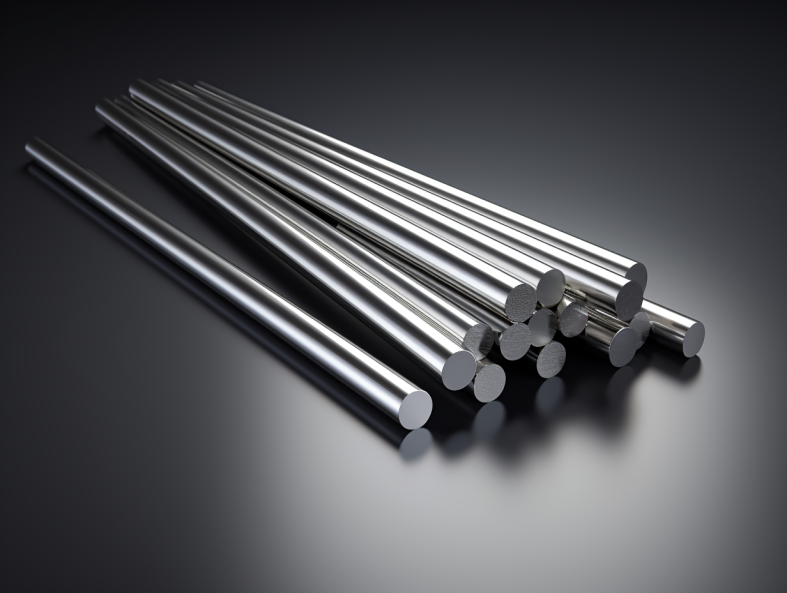
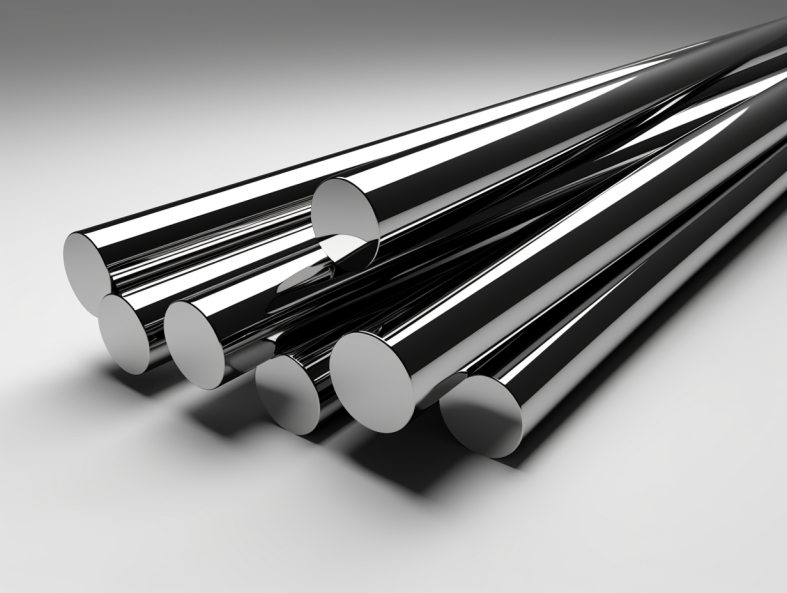
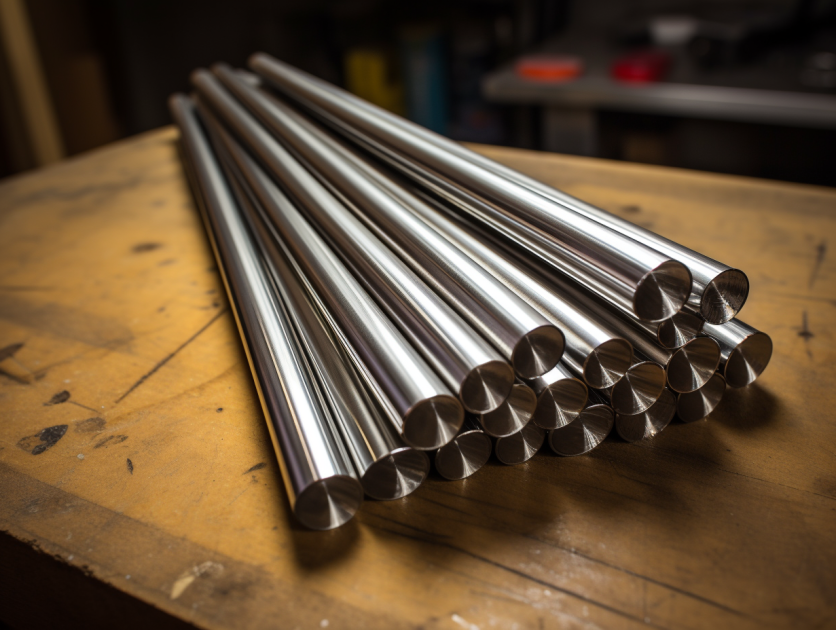
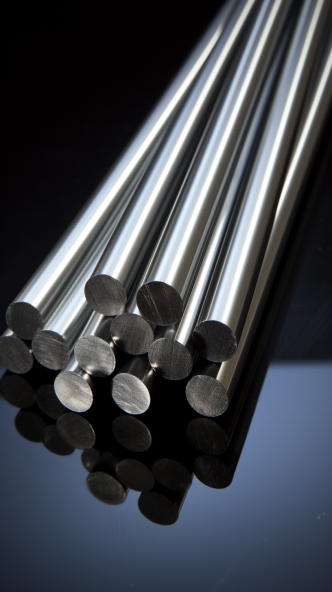
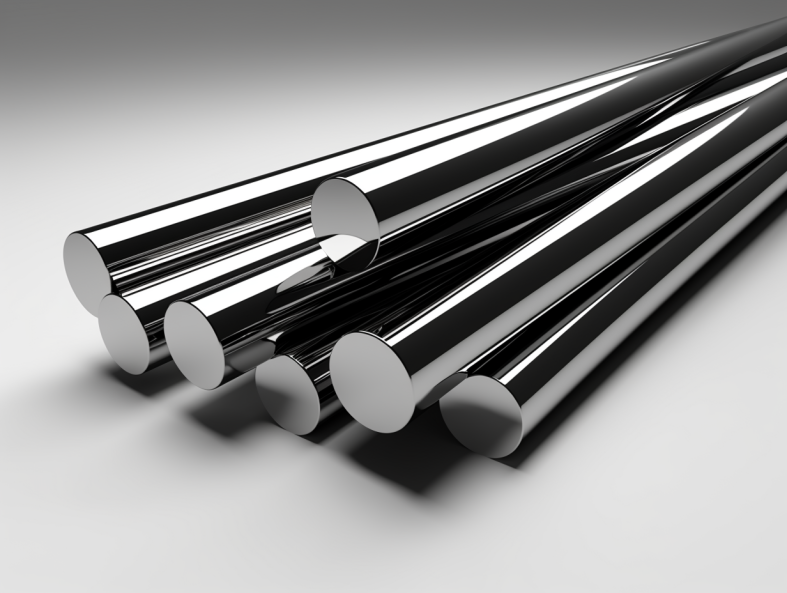
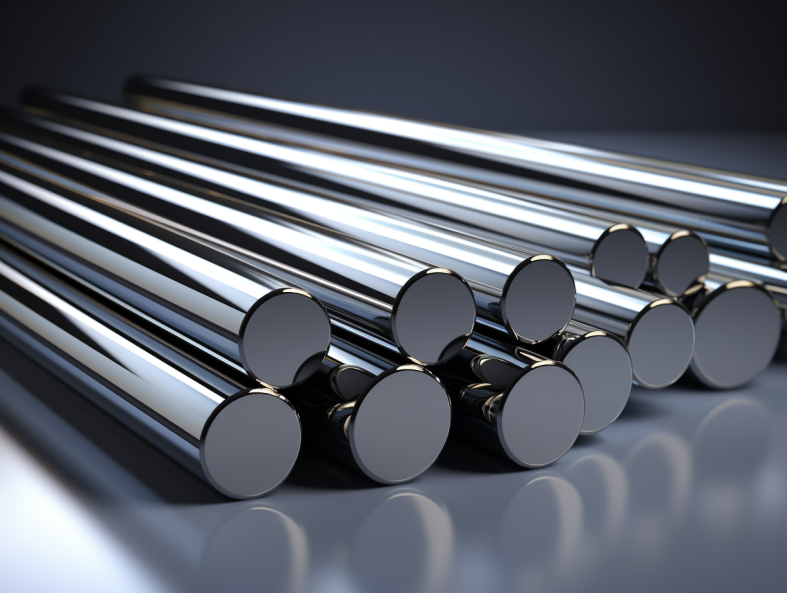
Технологический процесс производства твердосплавных стержней
Твердосплавные стержни производятся в ходе сложного многоступенчатого процесса, чтобы обеспечить их соответствие строгим промышленным стандартам. Вот обзор основных этапов производства твердосплавных стержней:
- Подготовка порошка: Порошки вольфрама и кобальта смешиваются, часто с мокрым связующим веществом.
- Уплотнение: Порошковая смесь прессуется под высоким давлением, в результате чего образуется "зеленый" стержень.
- Агломерация: Спрессованный стержень спекается при высоких температурах для достижения полной плотности.
- Шлифование: После спекания стержень подвергается шлифовке для получения гладкой поверхности.
- Отделка: Обработка поверхности или дополнительная механическая обработка могут быть выполнены в соответствии с требованиями заказчика.
Свойства материала твердосплавных стержней
Свойства материала твердосплавных стержней определяют их эффективность в различных областях применения. Вот подробный обзор основных свойств.
Таблица свойств материалов твердосплавных стержней
| Недвижимость | Описание |
|---|---|
| Твердость | Очень сложно, обычно в пределах 89-93 HRA. |
| Плотность | Высокая плотность (14,5 - 15,0 г/см³), обеспечивающая долговечность |
| Прочность на изгиб | Высокая прочность на изгиб, около 2000 - 3000 МПа |
| Теплопроводность | Умеренная теплопроводность для отвода тепла |
| Модуль упругости | Обычно около 600 - 700 ГПа |
Технические характеристики, размеры, формы и стандарты
Твердосплавные стержни бывают различных форм и размеров, чтобы соответствовать требованиям промышленности. Вот обзор распространенных спецификаций.
Таблица технических характеристик твердосплавных стержней
| Размер | Диаметр (мм) | Длина (мм) | Варианты формы |
|---|---|---|---|
| Маленький | 1-4 | 50-100 | Круглый, квадратный |
| Средний | 4-10 | 100-200 | Круглые, прямоугольные, спиральные |
| Большой | 10-20 | 200+ | Круглые, настраиваемые (например, для отверстий под охлаждающую жидкость) |
Как выбрать правильный Твердосплавный стержень
Выбор подходящего твердосплавного стержня имеет решающее значение. Необходимо учитывать такие факторы, как тип применения, твердость, термическая стабильность и стоимость.
Таблица для выбора подходящего твердосплавного стержня
| Приложение | Идеальный тип твердосплавного стержня | Основные критерии отбора |
|---|---|---|
| Прецизионная обработка | Стержень из микрозернистого карбида | Гладкая поверхность, низкий износ |
| Высокоскоростное бурение | Шток с отверстием для охлаждающей жидкости | Термостойкость, эффективное удаление стружки |
| Сверхмощная резка | Стержень из цементированного карбида | Чрезвычайная твердость, ударопрочность |

Сравнение преимуществ и ограничений
Твердосплавные стержни фантастические, но не лишены недостатков. Вот как они соотносятся между собой.
Таблица преимуществ и ограничений твердосплавных стержней
| Фактор | Преимущества | Ограничения |
|---|---|---|
| Долговечность | Высокая износостойкость, долговечность | Более высокая первоначальная стоимость |
| Термическая стабильность | Сохраняет свойства при нагревании | Потенциальная хрупкость при низких температурах |
| Точность | Отличный контроль размеров | Сложно обрабатывать без специализированных инструментов |
ЧАСТО ЗАДАВАЕМЫЕ ВОПРОСЫ
| Вопрос | Ответить |
|---|---|
| Что такое твердосплавный стержень? | Твердосплавный стержень - это инструмент из карбида вольфрама, отличающийся высокой износостойкостью и твердостью. |
| Как выбрать твердосплавный стержень для своей задачи? | Чтобы подобрать идеальный твердосплавный стержень, учитывайте такие факторы, как область применения, твердость, размер и стоимость. |
| Могут ли твердосплавные стержни выдерживать высокие температуры? | Да, они сохраняют стабильность при высоких температурах, что делает их идеальными для выполнения тяжелых работ. |




